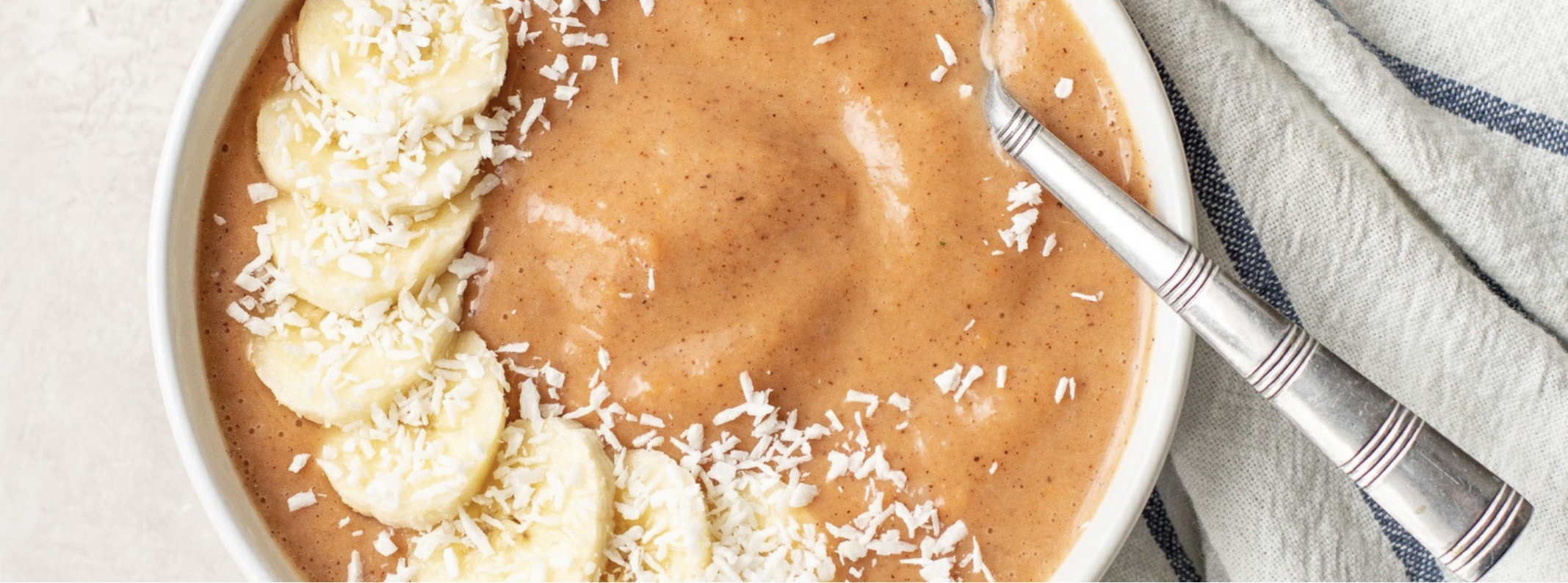4 Diet Changes To Reduce The Risk Of Type 2 Diabetes
/A Simple, Nourishing Approach to Preventing Type 2 Diabetes
At our wellness retreat, conversations about health are always unfolding—and diabetes comes up often. Whether someone’s been newly diagnosed, managing it for years, or simply looking to lower their risk, one truth remains:
Your daily choices around food, movement, and mindset matter more than you think.
The good news? Preventing or managing type 2 diabetes doesn’t require perfection. It just takes a commitment to consistent, nourishing habits—and maybe a little bit of guidance along the way.
Let’s break down a few powerful shifts that can help you feel better, reduce your risk, and stay strong for the long haul.
Choose Whole Grains More Often
White breads, pastas, crackers, and cakes are known for causing quick blood sugar spikes—and over time, those highs and lows can increase insulin resistance.
Instead of swearing off carbs, start swapping refined grains for whole grains like:
Brown rice
Quinoa
Oats
Whole grain pasta or bread
Whole grains take longer to digest, support balanced blood sugar, and provide valuable fiber, vitamins, and minerals. No need to ban your favorite bagel forever—just focus on making whole grains the everyday choice, and save the white flour treats for true indulgences.
Make Plants the Foundation of Your Plate
According to the CDC, only 1 in 10 Americans eats enough fruits and vegetables. That’s a huge missed opportunity—especially since these foods are packed with antioxidants, fiber, and nutrients that help reduce inflammation and regulate blood sugar.
Here are a few simple ways to increase your intake:
Add a handful of spinach to smoothies or eggs
Keep cut veggies and hummus on hand for snacking
Roast a tray of mixed veggies to pair with dinner
Make half your plate produce at most meals
Try to rotate different colors and types—leafy greens, cruciferous veggies (like broccoli or cauliflower), and berries are especially helpful for metabolic health.
Embrace Healthy Fats
Not all fats are created equal. Healthy fats actually help stabilize blood sugar, reduce inflammation, and protect your heart. Look for:
Avocados
Nuts and seeds
Olive oil
Fatty fish (like salmon)
On the flip side, try to avoid trans fats, which are often found in packaged snacks, fried foods, and processed baked goods. If you see “partially hydrogenated oils” on a label—it’s best to pass.
Bonus: Healthy fats help you stay full and satisfied, which makes it easier to avoid constant cravings and energy crashes.
Prioritize Clean, Balanced Proteins
Protein is essential—not only for managing blood sugar but also for keeping you strong and energized. Lean and plant-based proteins are especially beneficial in a diabetes-supportive lifestyle.
Reach for:
Beans, lentils, and legumes
Eggs
Chicken, turkey, or fish
Tofu or tempeh
Quality protein powders (especially when life gets busy)
If you eat red meat, enjoy it occasionally—but try to limit processed meats like bacon, sausage, and deli meats. These are associated with a higher risk of type 2 diabetes, largely due to added sodium and preservatives.
Bonus: Don’t Forget Movement
Food matters—but exercise is just as powerful.
Physical activity helps muscles absorb glucose for energy, even if your insulin sensitivity is low. That means every walk, workout, or strength session helps lower your blood sugar naturally.
And you don’t need to go hard in the gym. Some of the best forms of movement for diabetes prevention or support are:
Daily walks
Resistance band training
Yoga or stretching
Low-impact HIIT
Dancing, biking, or swimming
Even 20–30 minutes a day can make a huge difference for blood sugar control, energy, and mental clarity.
🌟 Need a place to start? Try the Resistance Band Workout Bundle → — perfect for building strength safely and sustainably at home or on the go.
Big Picture: Whole Foods & Daily Habits are The Real Prevention Plan
We live in a world full of fast fixes and highly processed foods. But the simplest shift—returning to whole foods and intentional habits—is still the most powerful way to support your long-term health.
That doesn’t mean perfection. It means:
Eating more real, unprocessed foods
Focusing on fiber, healthy fats, and protein
Prioritizing movement and rest
Managing stress and hydration
Nourishing yourself consistently—not restrictively
It’s not about cutting out everything you love. It’s about creating a way of eating and living that helps you thrive.
From the Retreat: Real Conversations Around Diabetes
Every week, we welcome guests with all kinds of health stories—many of them managing or hoping to avoid type 2 diabetes. And again and again, we see that knowledge plus action is the most empowering combo.
If you're not sure where to begin, you're not alone. Start with one or two shifts above. Consistency, not perfection, is what brings real change.
If you’d like more support creating a lifestyle that works for your body, check out our High Protein Reset (below)—it includes tools for meal planning, journaling, goal setting, and more to help you feel confident and in control.
Want to Prevent Diabetes and Preserve Muscle While Losing Weight?
One of the best things you can do for your blood sugar, metabolism, and overall health is to eat enough protein—consistently and intentionally.
Whether you're aiming to lose weight, manage cravings, or prevent muscle loss, the high protein blueprint is your go-to system for feeling strong, nourished, and energized.Want to Prevent Diabetes and Preserve Muscle While Losing Weight?






















